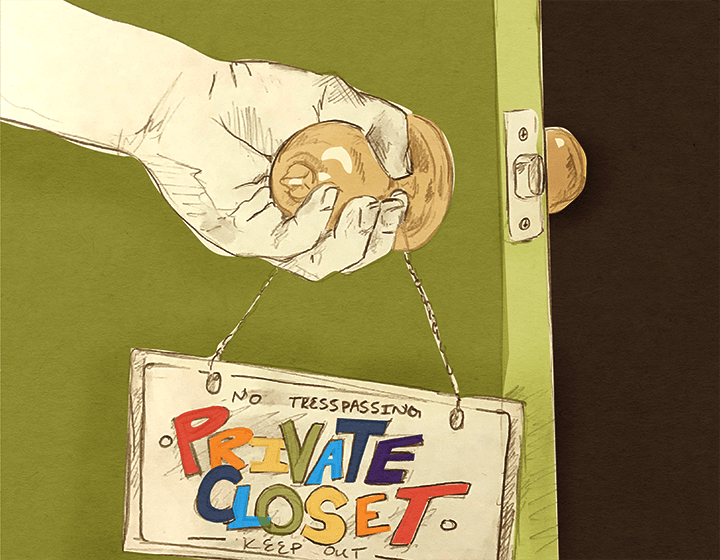
Art by Samantha Miller
Gallup, a global analytics firm, released data showcasing that as of February 2021, an estimate of 5.6% of the U.S. population identifies themselves as a member of the LGBTQ+ community. In the same research, Gallup concluded that about one in six adults in Generation Z considers themselves LGBTQ+.
Society, in general, seems to be more accepting of the LGBTQ+ community than before. The percentage of U.S. citizens who self-identify as LGBTQ+ has increased by 60% between 2012 and 2020, according to NBC.
There were 3,578 students enrolled at Seaver College in fall 2021, according to the Office of Institutional Effectiveness. This means, applying the data from Gallup, approximately 600 students may identify as members of the LGBTQ+ community at Pepperdine.
This number does not seem to ring true at Seaver College. Of the 509 first-years and seniors who participated, 66 students identified themselves as LGBTQ+ in spring 2021, according to an email from OIE.
While LGBTQ+ identity is typically underreported, this data — 13% of students identifying themselves as a member of the LGBTQ+ community — may imply there are more LGBTQ+ students in Seaver’s community than community members may think.
The Postsecondary National Policy Institute concludes that on a national level, nearly 17% of college students identified as a member of the LGBTQ+ community. Compared to the national average, there are fewer LGBTQ+ students at Pepperdine.
Perhaps Pepperdine attracts demographically heterosexual students. Or, perhaps, some students are still questioning their sexual identity and do not feel comfortable sharing. Especially at an institution that is sometimes known for its LGTBQ+ unfriendliness, coming out may not be the easiest nor safest option.
Maybe some people do not feel the need to publicly identify and label themselves. For many individuals in the LGBTQ+ community, coming out is a monumental yet often complicated process they face in this heteronormative society.
While it is not a requirement, some may feel obligated to reveal their sexual identity. On the other hand, some may feel reluctant to “come out.”
The Office of Student Diversity Programs at Skidmore College explained that the reason for coming out varies on the individual. Some may be seeking a community, putting an end to internalized homophobia or simply celebrating themselves by embracing their true sexual orientation.
But not everyone has the privilege of coming out.
The act of coming out is sometimes met with a risk that could potentially alter the individual’s life for the worse. Whether it be the pressure of their family, friends, political beliefs or religious beliefs, not everyone has the right and safe environment to be open, according to the Teens Health website.
Either way, individuals who choose to come out may face different challenges such as discrimination or mockery, according to research data by the Center of American People. Yet, society seems fond of the idea of putting a label on an individual to differentiate or categorize, which pressurizes the member of the LGBTQ+ community to be more transparent than their heterosexual counterparts.
However, the same energy does not apply when it comes to people who are “normal.”
Having an identity that cannot be seen can sometimes feel uncomfortable. Because sexual orientation is oftentimes invisible, those who do not exemplify heterosexual standards can be victims of verbal and physical threats.
The fluidity of an individual’s sexual identity does not need to be disclosed, should the individual choose not to. There should be, however, a society where heteronormativity does not dominate the societal standards.
There are many ways for the community members to promote inclusivity and safety of the LGBTQ+ students on campus, whether they be out or not. One can start by being intentional with words by using inclusive language, reconsidering gender stereotypes, and educating one another on how heteronormative biases affect the LGBTQ+ community.
If you are on a journey to figure out your sexual identity or hesitating to come out, know that you are not alone.
____________________
Follow the Graphic on Twitter: @PeppGraphic
Contact Sawa Yamakawa via Twitter (@_sawayamakawa) or by email: sawa.yamakawa@pepperdine.edu
